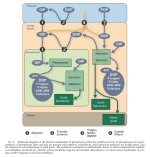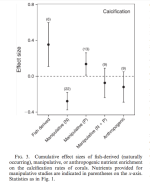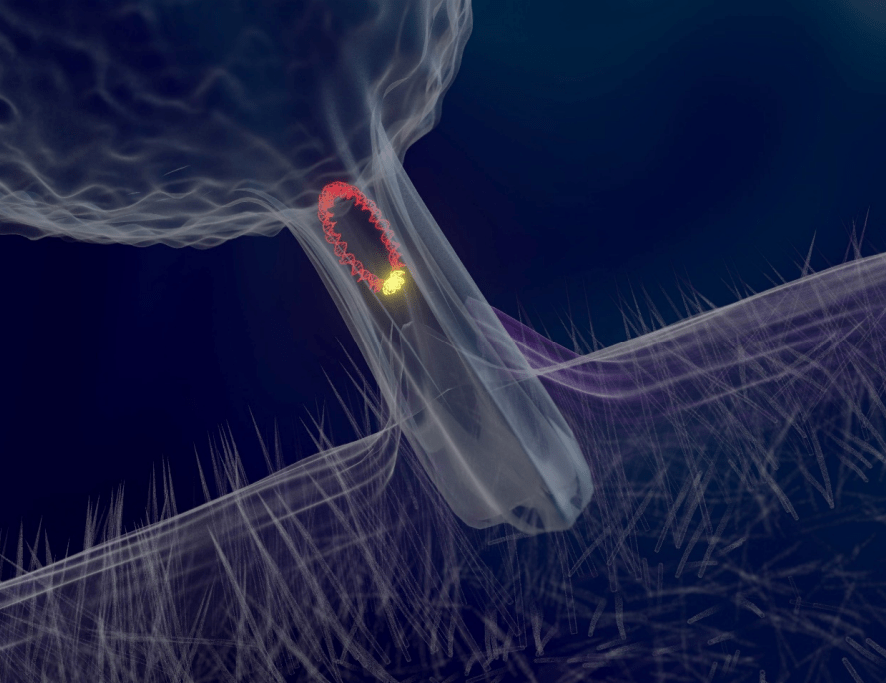I certainly agree health of coral microbiomes are critical to the overall health of ecosystems and am glad to see teh author discuss POC and DOC as well as point out we are dealing with many different species/genotypes. Rohwer's book and video are an excellent introduction for those unfamiliar with DOC and Microbial processes of .
"Coral Reefs in the Microbial Seas" This video compliments Rohwer's book of the same title (Paper back is ~$20, Kindle is ~$10). While there is overlap bewteen his book and the video both have information not covered by the other and together give a broader view of the complex relationships found in reef ecosystems
I haven't read all of the link but a quick perusal there's a couple issues I see. Starting towards the end where the author states "nevertheless sponges cannot be sustained in aquaria for reasons yet obscure". Apparently the author is unaware of the role cryptic sponges play and how well they thrive in aquaria. In the 4 decades I've been keeping reef systes I haven't seen a system without cryptic sponges, As these cryptic sponges are able to process
DOC 1000X faster than the bacterioplankton in our systems and critically process the hydrophillic forms (known as Dissolved Combined Neutral Surgars, DCNS) that are linked to bleaching and pathogenic shifts in coral microbiomes as well as hydrophobic forms it's arguable they are far more important than skimmers.
Besides what I see as misrepresenting Kleypas by giving a single number and not the range Kleypas gave there's these telling observations by J. E. N. Veron and Charles Delbeck regarding nutrients on reefs
"Our crystal-clear aquaria do not come close to the nutrient loads that swirl around natural reefs. And so when we create low-nutrient water conditions, we still have to deal with the rest of a much more complex puzzle. Much like those who run their aquarium water temperature close to the thermal maximums of corals walk a narrow tight rope, I can't help but think that low-nutrient aquariums may be headed down a similar path." Charles Delbeck, Coral Nov/Dec 2010, pg 127
"Imported nutrients are usually transported to reefs from rivers; but if there are no rivers, as with reefs remote from land masses, nutrients can only come from surface ocean circulation. Often this supply is poor, and thus the vast ocean expanses have been refered to as "nutrient deserts". The Indo-Pacific has many huge atolls in these supposed deserts which testify to the resilience of reefs, but the corals themselves may lack the lush appearance of those of more fertile waters. Many reefs have another major supply of inorganic nutrients as, under certain conditions, surface currents moving against a reef face may cause deep ocean water to be drawn to the surface. This "upwelled" water is often rich in phosphorus and other essential chemicals." J. E. N. Veron "Corals of Austrailia and the Indo-Pacific" pg 30 (FWIW Upwelling may provide corals as much as .3 mg/l DIP or PO4)
Regarding phosphorus the author seems to stick with the old dogma largely thinking of it in terms of just DIP (PO4) while corals are actually seeing POP as well as DOP and depending on availability of the organic forms may actually be sources DIP and not consumers. The author also apparently isn't aware of work done showing a threshold level for DIP of .03 mg/l to reduce sensitivity of corals to changes in temperature and heat caused by a compramised photobiology.
For those who want a little more information on phosphorus here's some stuff
Phosphorus metabolism of reef organisms with algal symbionts

esajournals.onlinelibrary.wiley.com
Here's fig 4 from the above paper

Here's research done over a 10year period with aquarium maintained corals indicating a minimum threshold level of .03 mg/l to prevent a phosphate deficiency from adversly affecting a corals photobiology.
An experimental mesocosm for long-term studies of reef corals - Volume 92 Issue 4

www.cambridge.org
An Experimental Mesocosm for Longterm Studies of Reef Corals
Phosphate Deficiency:
Nutrient enrichment can increase the susceptibility of reef corals to bleaching:
Increased dissolved inorganic nitrogen (DIN) concentrations in sea water have been linked to a reduction of the temperature threshold at which corals bleach, however, the mechanism underlying this change is not known. This phenomenon is now explained in terms of increased phosphatase activities...

www.nature.com
Ultrastructural Biomarkers in Symbiotic Algae Reflect the Availability of Dissolved Inorganic Nutrients and Particulate Food to the Reef Coral Holobiont:
Reef building corals associated with symbiotic algae (zooxanthellae) can access environmental nutrients from different sources, most significantly via the uptake of dissolved inorganic nutrients by the algal symbiont and heterotrophic feeding of the coral host. Climate change is expected to...

www.frontiersin.org
Phosphate deficiency promotes coral bleaching and is reflected by the ultrastructure of symbiotic dinoflagellates
Enrichment of reef environments with dissolved inorganic nutrients is considered a major threat to the survival of corals living in symbiosis with din…

www.sciencedirect.com
Here's an intersting review of the data from ~4 dozen papers showing DIP and fish derived nitrogen is beneficial and nitrates harmful.
Fig 3 from this paper


 reefs.com
reefs.com









